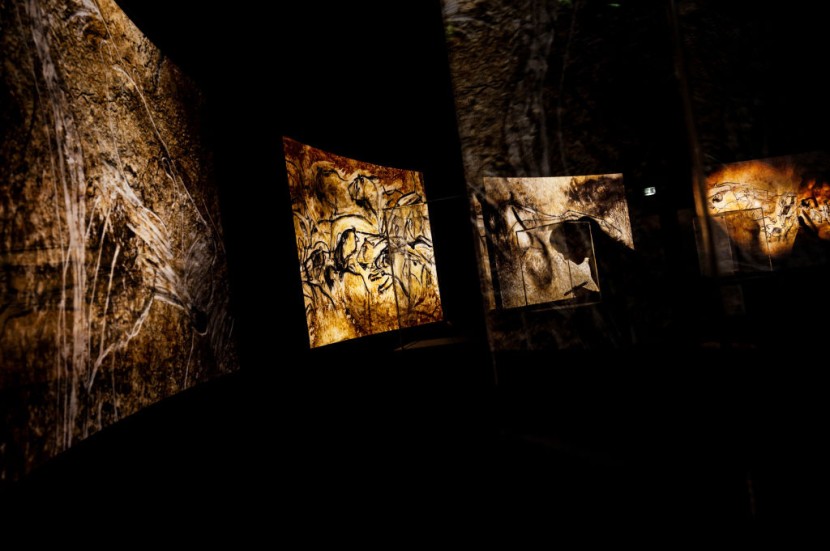
The discovery of neolithic graves with pendants found that are gruesome secrets that archeologists are surprised by it. These graves were uncovered on an island located in a Russian lake about 80 years ago and investigated with chemical fingerprinting techniques.
Neolithic Graves Houses Gruesome Secrets
According to archaeologist Kristiina Mannermaa from the University of Helsinki in Finland, with other authors who wrote in a paper, they found out the material is a human bone, noted Science Direct.
She is a member of the group which unearthed the traces of a child whose intricate burial site from what is now Finland has been surrounded in feathers and fur, a groundbreaking inquiry into Stone Age society, reported Science Alert.
One such recent narrative of ancient grave goods discloses one more part of Stone Age life retained in death. It implies that people who lived thousands of years ago thought their existence was roughly even with animals all over. Such bone ornaments were found on Yuzhniy Oleniy Ostrov, an archipelago in northwest Russia's Lake Onega, located on the largest Stone Age cemetery in northern Europe, with 177 recognized neolithic graves.
Archeologists carried out the first cemetery and the first research analysis to determine its origins of it in the 1930s. All the items were bone fragments that were turned into pendants that were lying in six graves with decorative teeth from elk, beavers, brown bears, mentioned the University of Helsinki.
For about eight decades that researchers were examining burials located on the Yuzhniy Oleniy Ostrov island; they missed the bone ornaments due to looking so ordinary but had gruesome secrets.
Noticing common bone pendants that did appear to have just a few grooves at the end. Consequently, the teeth that were simpler to recognize in terms of the species those who came from intrigued the scientists' curiosity.
Twelve of the 37 pendants sent out for re-analysis seemed to be, and this did turn out, created from human, not animal bone, with a further two called into question as possibly human and six of unrecognizable origin.
Discovered Pendant Offers Clue to Stone Age Life
Leveraging mass spectrometry is a method to scrutinize the nutrient traces left in the entombed knickknacks to demonstrate a third have been snipped from human bone; the remainder could be made of elk and bovine bones.
Samples were discovered, and their estimated age is approximately 8,200 years old. Humans have been producing human bone ornaments for a very long time.
The oldest evidence of human bone to fashion ornaments is an accumulation of punctured teeth discovered in France, dated to a certain 35,000 years ago, likely left behind by Aurignacians who migrated through Europe.
Ornaments created from human teeth, which date from more recent times, were also encountered in Denmark, Germany, Turkey, Latvia, and the Czech Republic.
Bone ornaments sourced from Yuzhniy Oleniy Ostrov were badly kept, fragmentary, and eroded at the corners, circular pattern fractures in the bone imply that they were sculpted from fresh bone instead of old grave sites. Cannibalism was not observed at the Yuzhniy Oleniy Ostrov, though it is possible.
In Mexico, bone items came from fresh bodies or sacrificed animals. Most of the human bone ornaments weren't fancy and no different than animal bones, leading to say stone age and primitive cultures saw animals and them on the same level said Mannermaa.
Neolithic graves with pendants of human bone are the gruesome secrets that archeologists found out about how cave people considered themselves.
© 2025 HNGN, All rights reserved. Do not reproduce without permission.








